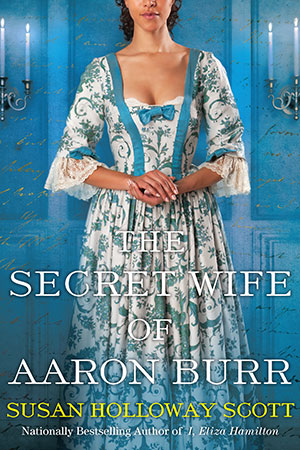Breakfast Links are served - our weekly round-up of fav links to other web sites, articles, blogs, and images via Twitter.
• Intriguing book digitalized for online reading: Barrington's New London Spy for 1809, or, The Frauds of London Detected.
• Which came first: the product or the L'eggs?
• Smoking little Josiah: mandatory fumigating with brimstone against smallpox in 1775 Boston.
• Amelia Earhart's cautiously optimistic advice to an aspiring female pilot in 1933.
• Looking closely at a young New York woman's early 19thc. diary.
• Image: Another needlework pattern - for aprons or neckerchiefs - from the Lady's Magazine, 1786.
• Posthumous portraiture in 19thc. America.
• The unexpected beauty to be found in America's last surviving textile mills.
• Remains of an early African-American burial ground discovered in NYC beneath a Harlem bus station.
• Lustful looks: signs of venery in John Ward's 17thc diaries.
• Image: The Swell's Night Guide to the Bowers of Venus.
• Brighten up a dull winter day by carrying a little bouquet of bright flowers in this 19thc silver holder.
• Mr. A. Watkins and the touring bee van.
• Why (and how) does an 18thc fictional character have a grave in the cemetery of NYC's Trinity Church?
• Ranch dressing: what to wear to a dude ranch in the 1930s.
• Image: Tudor rose, Canterbury Cathedral.
• A mysterious ritual burial for two horses killed serving in the War of 1812.
• The arches of Madison Square Park in New York.
• Paper dolls and ready-to-wear brought flapper fashions to the masses in the 1920s.
• Monsters and moral panic in 18th-19thc London.
• The kitchen is the heart of the home: why these two slave cabins matter.
• Image: When you want to fight, but your horses just want to hug it out.
• Life in the King's Bench Prison.
• What they left behind: things people keep to remember their deceased loved ones.
• Somewhere between history and style: the eccentric beauty of Malplaquet House.
• Just for fun: "When you're rich, and when you're poor" from Mad Magazine, 1977, and still too true.
Hungry for more? Follow us on Twitter @2nerdyhistgirls for fresh updates daily.
Above: At Breakfast by Laurits Andersen Ring. Private collection.
Laws Concerning Women in 1th-Century Georgia
10 months ago








 One of us --
One of us -- 


